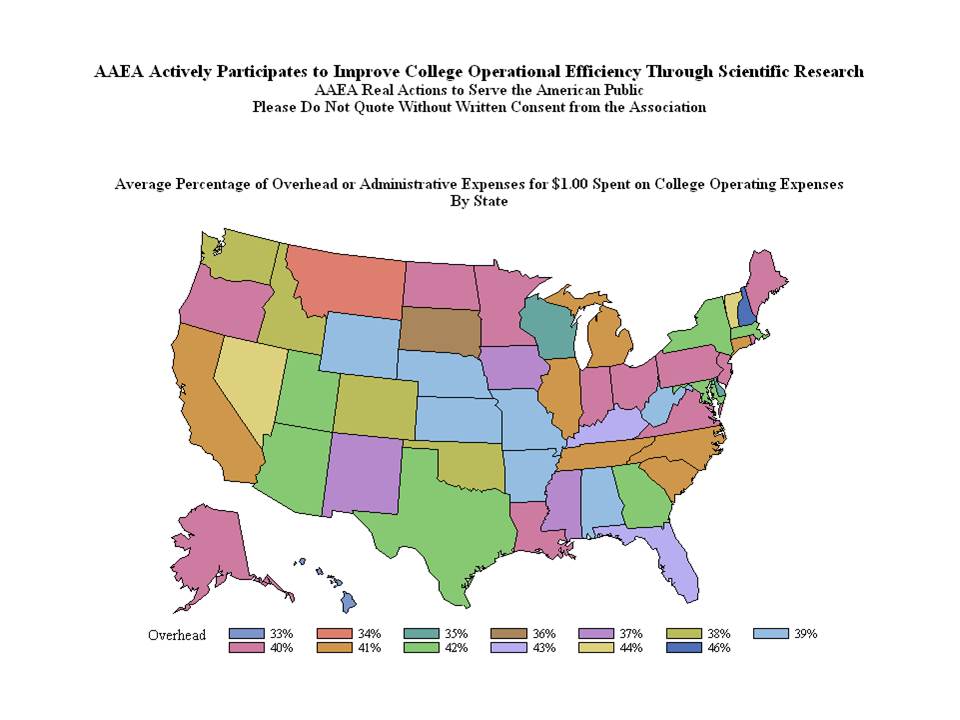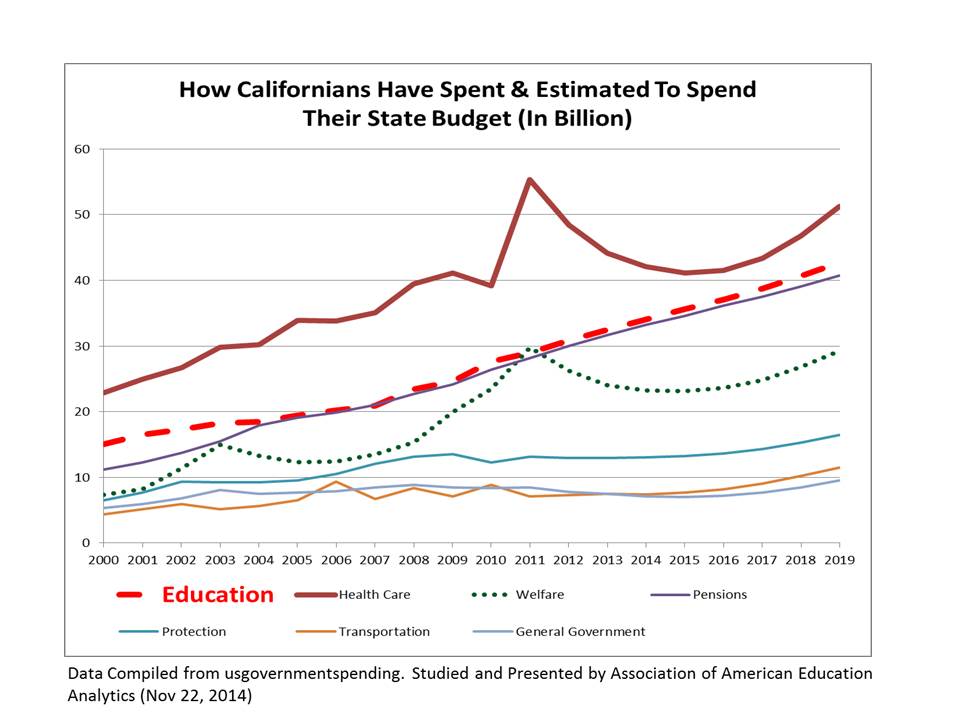About two years ago, we share to the American public on the possible falloff of US colleges that still working under the “old mindset”. In our paper which we have presented at North Carolina Community College Annual Conference in Raleigh followed by a presentation at SAS Users’ Group Conference in Houston, Texas we have argued that the US higher education institutions just cannot survive without making significant changes in the way their manage their institutions. A phenomenal change is necessary to be made, simply because the competitive environments where they are operating has undergone a important structural changes. At the meeting we publicly introduced a new paradigm which may help US higher education institutions to survive in the new sea of competition. This approach is totally different than what it was in the past. The new mindset helps the decision makers to utilize data: both historical institutional, macroeconomics and other competitors’ data to draft their strategic decisions. Including, but not limited to cut operating cost, increase retention and graduate rate, lower tuition, sharpen marketing and hiring strategies.
When the idea was introduced, people not even look at it and think that we are a bunch of non-sense. However, it is less than two years, what we have hypothesized is true. Below is just an example of what we have said in our paper and book became a reality. Without major changes on the way folks manage the institution, their organization may have to make three options: Get merged, Get bought or Get diluted.
In some cases, it is not that they do not know that the changes are coming, but do not know where to start. Some not even have the energy to start the change. Some are waiting until the time come so that they can exercise their retirement option. In addition, there are not enough people with the IRI (Institutional Research Intelligence) skills who can help the decision makers to make sound strategic decisions. Below are just a fraction of college downsizing examples. There are many other institutions cutting their programs, but do it silently with less drama. Budget crunch and decreasing student enrollment are the two major reasons cited for the program reduction and staff layoff.





